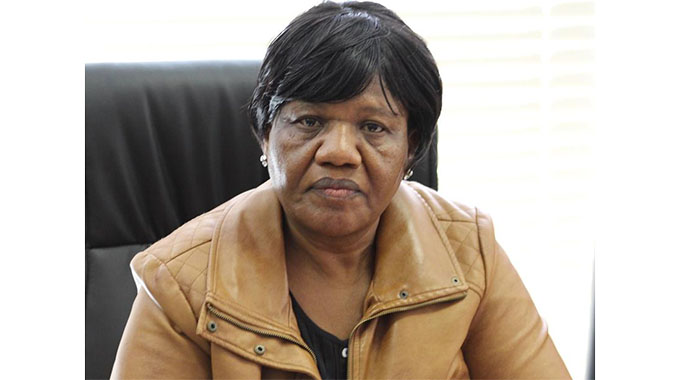Master plans for local authorities, a historic decision

Fungai Lupande Mashonaland Central Bureau
President Mnangagwa’s call to action mandating all 92 local authorities in the country to come up with master plans by June has been described as historic and extraordinary.
Only four local authorities out of the eight in Mashonaland Central have attempted to prepare strategic spatial plans since 1980.
Mvurwi prepared a local development plan (a lower-level strategic plan) in 1992.
In 2003 Mazowe Rural District Council prepared an incomplete master plan which ended on a report of study.
Bindura Town Council prepared a master plan in 1999, while Mt Darwin prepared a local development plan for Mt Darwin Centre in 2003
With less than three months to deliver on master plans in all eight districts in Mashonaland Central, the lead planner said they are working flat out to meet the target.
The fast-tracked, legally-compliant accelerated master plan preparation was a result of the call to action by President Mnangagwa.
President Mnangagwa emphasised that there can be no sound management of local authorities without a master plan.
A master plan is a roadmap detailing how the local authority ought to grow and deliver services in the next 20 years.
Giving a presentation on behalf of other lead planners, Mr Trymore Muderere was in disbelief at how local authorities were operating and delivering services without master plans.
He said that the President gave an emphatic and clear deadline on service delivery.
“The call to action is setting the tone on how the master plans ought to be prepared. Traditionally master plans took two to three years to be prepared. Now they will be prepared in five months,” he said.
“We appreciate the efforts made by the four districts in preparing master plans. The other district never attempted. I don’t know how they survived, it is worrisome.”
Mr Muderere said in the absence of master plans, local authorities were surviving by working on low-hanging fruits despite using the disjointed incrementalism.
This entails preparing land use plans or subdivision schemes for growth centres.
He said the master plan starts with a regional plan which covers the whole province, followed by the master plan for the specific district.
A local development plan follows detailing growth centres then a local subject plan which addresses a specific subject within the district.
“All these are followed by schemes which are statutes which were used to manage land and coordinate development before 1980. Although they are still operating, they were repealed together with the Act of 1976,” he said.
“There are concept plans which are non-statutory plans which can be prepared to give a basic concept of how an area ought to be developed.
“This is how local authorities have been evolving since 1980, preparing plans for growth centres and particular subject areas to address a specific need, with an overarching framework.”
Mr Muderere said a master plan is a statute, a law that has a legal impetus to coordinate and harmonise development and promote order, amenity, convenience and efficiency.
He said the Regional Town and Country Planning Act section 13 to 21 mandates every local authority to regularly examine their master plans and align them to changes.
Major demographic shifts, population increase, changes in technology and major events like the fast-track land reform are some of the changes which define new premises and structures.
He said training of planners and town planning consultancy has been done and lead planners have been deployed.
“Inception meetings and reports are underway and will be presented to councils. District profiling is ongoing and multi-disciplinary studies to come up with a report of studies currently being done,” he said.
“We are also focusing on the collection of secondary data and primary data to fill in gaps in the available data. May is for the drafting of planning proposals and the creation of a map for the whole district.
“This will classify land uses, giving rights to specify growth centres. This will speak to how the district ought to develop. June is reserved for procedural and legal requirements that the master plans have to be adopted by the council.”
On July 1, each local authority led by its chief executive officer or town clerk, district planner, district engineer and their lead planner will appear before President Mnangagwa and present their draft master plan.











Comments